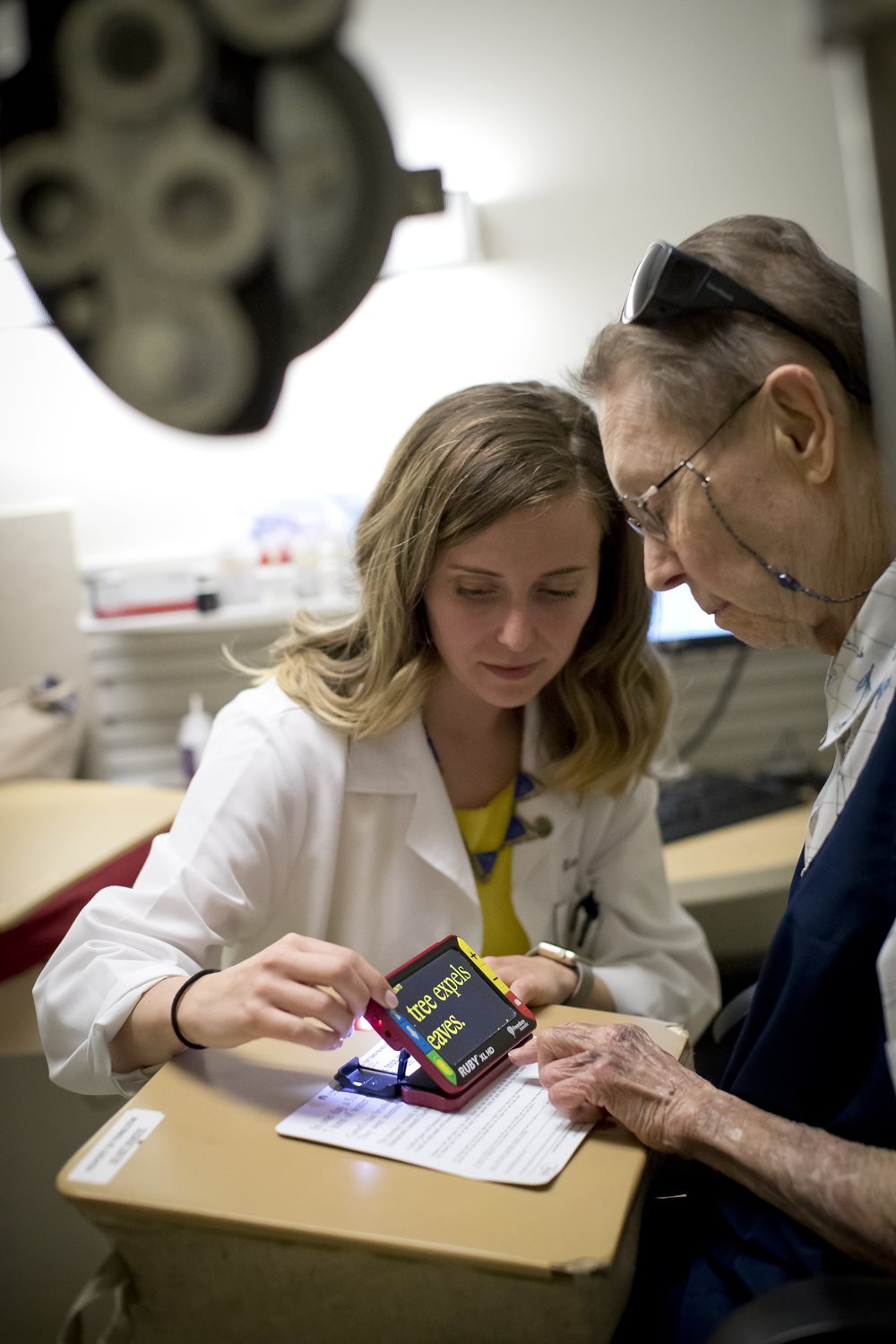Bird Box Challenge Vs. Reality: Breaking Down The Latest Viral Challenge
Just three weeks after the release of the movie Bird Box - a Sci-Fi thriller about a mother who flees with her children down a river in search of safety while blindfolded - made its debut on Netflix, a new viral challenge has taken over social media by storm. People are blindfolding themselves doing everyday tasks. While the challenge may appear to be lighthearted, it is a concerning trend to trained professionals - and even to Netflix itself - who has noted that it can lead to unsafe conditions.
 Erin Kenny, OD, FAAO, chief of the William Feinbloom Vision Rehabilitation Center housed at The Eye Institute (TEI) of Salus University in the Oak Lane section of Philadelphia, pointed out that she is not a fan of the Bird Box Challenge.
Erin Kenny, OD, FAAO, chief of the William Feinbloom Vision Rehabilitation Center housed at The Eye Institute (TEI) of Salus University in the Oak Lane section of Philadelphia, pointed out that she is not a fan of the Bird Box Challenge.
“I understand why people would want to try this challenge on their own, but they need to realize that those who have low vision or are blind have adapted to their impairment and most likely have been trained by specialists,” she said. “We’re very lucky to have great vision rehabilitation specialists here at the William Feinbloom Center who help patients navigate safely in their environment.”
Dr. Kenny did acknowledge, however, that the movie paralleled some important tactics she and other specialists have used daily to help patients who are blind and visually impaired. This included auditory clues, such as when the characters in the movie use a bell or the chirps of birds to guide them; in addition to the use of tactile approaches - when the characters used a rope to guide them through the woods.
“If a patient has remaining functional vision, we [at the William Feinbloom Center] always try to utilize that first, but if it’s their vision is at a point where it is so severely impaired, then we rely on techniques such as auditory and tactile,” she said.
During the movie, Sandra Bullock’s character seemed to have adapted well to the loss of vision. “Everyone adapts differently, some patients come to me and are already doing well by themselves,” Dr. Kenny said. But that isn’t always the case, and some may not feel comfortable until they are taught tactics by specialists.
While stressing that no one should try mimicking driving while blindfolded as one scene depicted, Dr. Kenny noted that self-driving cars may one day allow those who are blind to drive again. “It’s a hot topic at many low-vision conferences recently,” she said. As self-driving cars make their debut, it’s important to understand where visually impaired patients fall into the realm of operating the vehicles. Is it a possibility that a visually impaired patient could drive with the help of a self-driving car?